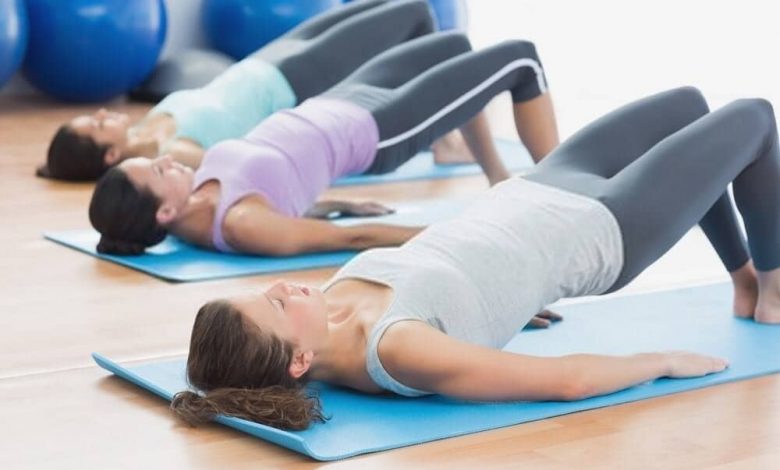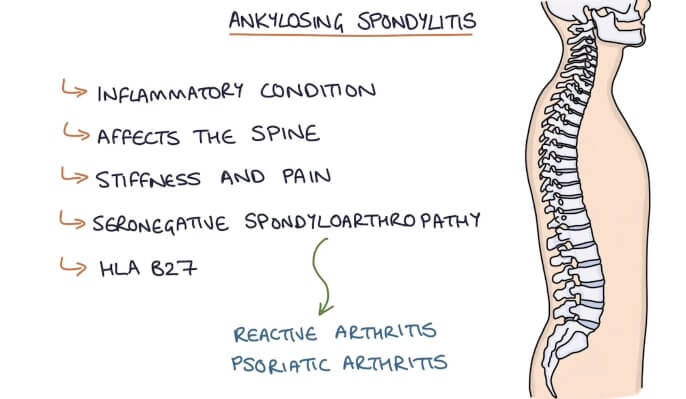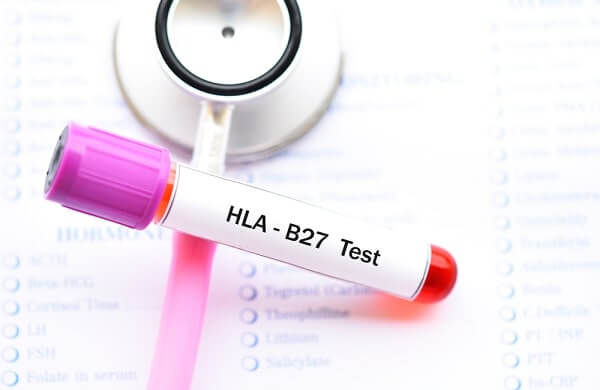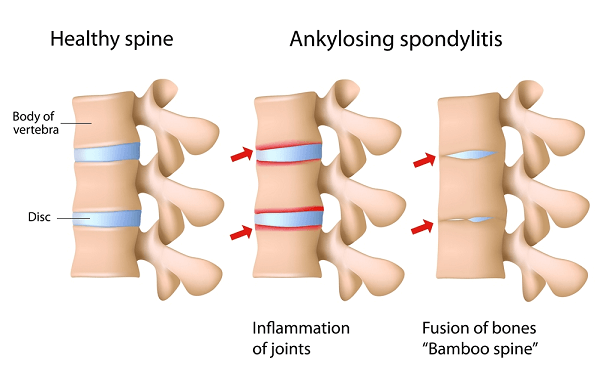Is Pilates Good for Ankylosing Spondylitis?

It is known that Pilates often provides a large number of significant gains, physical, mental and spiritual, in today’s conditions as a preferred method of exercise. So, is Pilates good for Ankylosing Spondylitis?
We will try to address the details you are wondering about this question in this article. Continue reading!
Ankylosing Spondylitis (AS)
Ankylosing Spondylitis (AS) occurs in patients due to pain and functional limitation, which leads to severe difficulties in daily life activities such as work, education, and social life, also known as spine rheumatism. Ankylosing Spondylitis is a member of the spondyloarthropathy (SpA) group known as a chronic inflammatory rheumatic disorder. This problem is a systemic, chronic, and inflammatory rheumatic disease, the cause of which isn’t precisely known, mainly involving the sacroiliac joints and spine.
Typically, inflammation occurs in the vertebrae, causing pain that can be chronic. This inflammation can lead to new bones in the range in more severe cases, causing the spine to fuse in a fixed, stationary position and a forward oblique posture. If left untreated, inflammation of the spinal joints will gradually destroy the surrounding structures and the cartilage and fibrous tissue of the ligaments, literally replacing them with bone.

The disease is known to have a cyclical process. Interrupting this cycle with early diagnosis of the disease and aggressive treatment can prevent immobility and humpback posture caused by spinal fusion. The effects of this disease aren’t limited to the spine. Although involvement is usually observed in the hip and waist area, patients with this disease may experience inflammation and pain in other joints such as the shoulders, knees, elbows, and feet. Ankylosing spondylitis can also affect the lungs, eyes, intestines, and, in rare cases, the heart. The disease typically begins in adolescence and young adulthood, while it is rare to see it after 45.

Ankylosing Spondylitis and the Importance of Exercise
The basis of drug-free treatment of Ankylosing Spondylitis is exercise. Exercise, along with spine flexibility, maintains mobility, novices joint mobility, prevents postural deformities and reduces pain by increasing muscle strength and endurance. Activity, in short, contributes significantly to the treatment of this disease. Also, exercise plays a significant role in reducing cardiovascular risk, preventing conditions that negatively affect the disease process, such as Type 2 diabetes, osteoporosis, obesity, some cancers, and improving respiratory functions and symptoms of depression.
In patients with Ankylosing Spondylitis, exercise programs that should be administered regularly should be started after diagnosis without regard to the early or late or active or stable period of the disease and should be continued throughout life. Appropriate levels of exercise can help reduce pain and stiffness. But exercising isn’t the only reason to relieve pain. Practice also removes some of the physical limitations that the disease can cause. Exercise can contribute to many health benefits; it can help maintain flexibility and reduce pain and stiffness.
Before starting an exercise program, you should consult your doctor to determine what is right for you.
Effect of Pilates in the Treatment of Ankylosing Spondylitis
It is observed that Pilates in healthy adults increases flexibility, dynamic balance, and novelization. In the literature, it is seen that Pilates is being investigated at an increasing acceleration in many disease groups. Pilates, in the studies that examined the effects in the field of rehabilitation, low back pain, Ankylosing Spondylitis, Multiple Sclerosis (MS), postmenopausal osteoporosis, functional scoliosis, hypertension, and chronic neck pain in cases of positive results, considering that this is an area worth investigating the effectiveness of Pilates exercises on disease states was emphasized.
Pilates gained popularity in recent years, both physical and mental aspects of pain, core strengthening, flexibility, and relaxation with mind-body exercise method. The Pilates method prioritizes the spine, focusing on improving controlled movement, posture, and respiratory functions.
At the core of Pilates, the technique is to strengthen, extend the body at the same time, and at the same time, maintain complete control over it. Pilates applied in a qualified way facilitates the daily lives of patients with Ankylosing Spondylitis. In this way, a significant decrease in pain complaints is also observed.
Important Note: First, it is necessary to consult your doctor, take his advice for the appropriate level of exercise for you, and always get support from an instructor or team that is an expert in their field.





